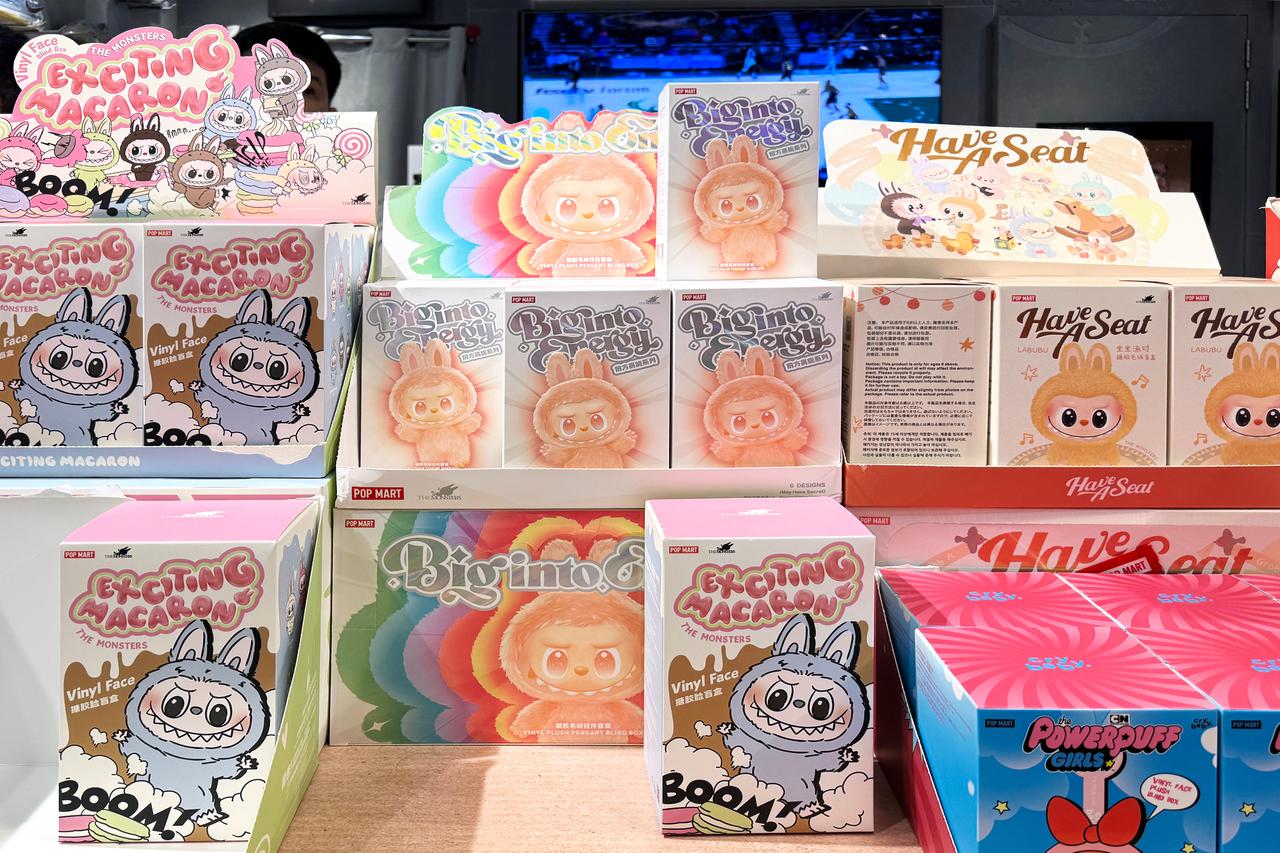
In late July 2025, Hong Kong police launched one of the largest anti-triad operations in recent memory, seizing nearly $198 million worth of assets from an organised crime network.
Alongside wine bottles, luxury watches, and forged documents, officers confiscated a 5-foot plush doll with sharp teeth and wide-set eyes, as reported by the South China Morning Post. The doll was a rare XXL Labubu, reportedly valued at over $127,400 and one of only 15 in existence.
The plush figure, comically large and terrifyingly grinning, was displayed alongside stacks of confiscated goods at the Hong Kong Police Force station.
Its surreal presence among laundered millions captured something deeper about Labubu’s role in global culture: it is no longer just a toy, but an emotional object, speculative asset, and status symbol.

What is Labubu?
Labubu is a character created by Hong Kong-born artist Kasing Lung, first introduced in his 2015 illustrated book series "The Monsters".
The creatures in Lung’s stories, described as mischievous but well-meaning forest spirits, were heavily inspired by the Nordic fairy tales he grew up reading after moving to the Netherlands as a child.
With pointed ears, wide-set eyes, and a jagged grin, Labubu stands out as a mischievous, elf-like figure drawn from Nordic folklore influences.
The toy gained commercial traction in 2019, when Lung partnered with Pop Mart, a Beijing-based retailer known for blind-box collectibles. Since then, Labubu has become the company’s most recognizable figure, appearing in dozens of themed series and formats ranging from miniature vinyls to large plush dolls.
Labubu now functions as a collectible, fashion accessory, and cultural marker, circulating through online fan communities, TikTok unboxings, and celebrity appearances.
Labubu dolls have been photographed clipped to bags carried by Rihanna, Dua Lipa, Kim Kardashian, Lisa from Blackpink, and even David Beckham, whose daughter reportedly gifted him one.
While luxury fashion items worn by these celebrities may be out of reach, Labubu accessories offer fans an affordable way to emulate that visibility and aesthetic. These appearances helped elevate Labubu from a toy to a wearable fashion item and cultural status symbol.
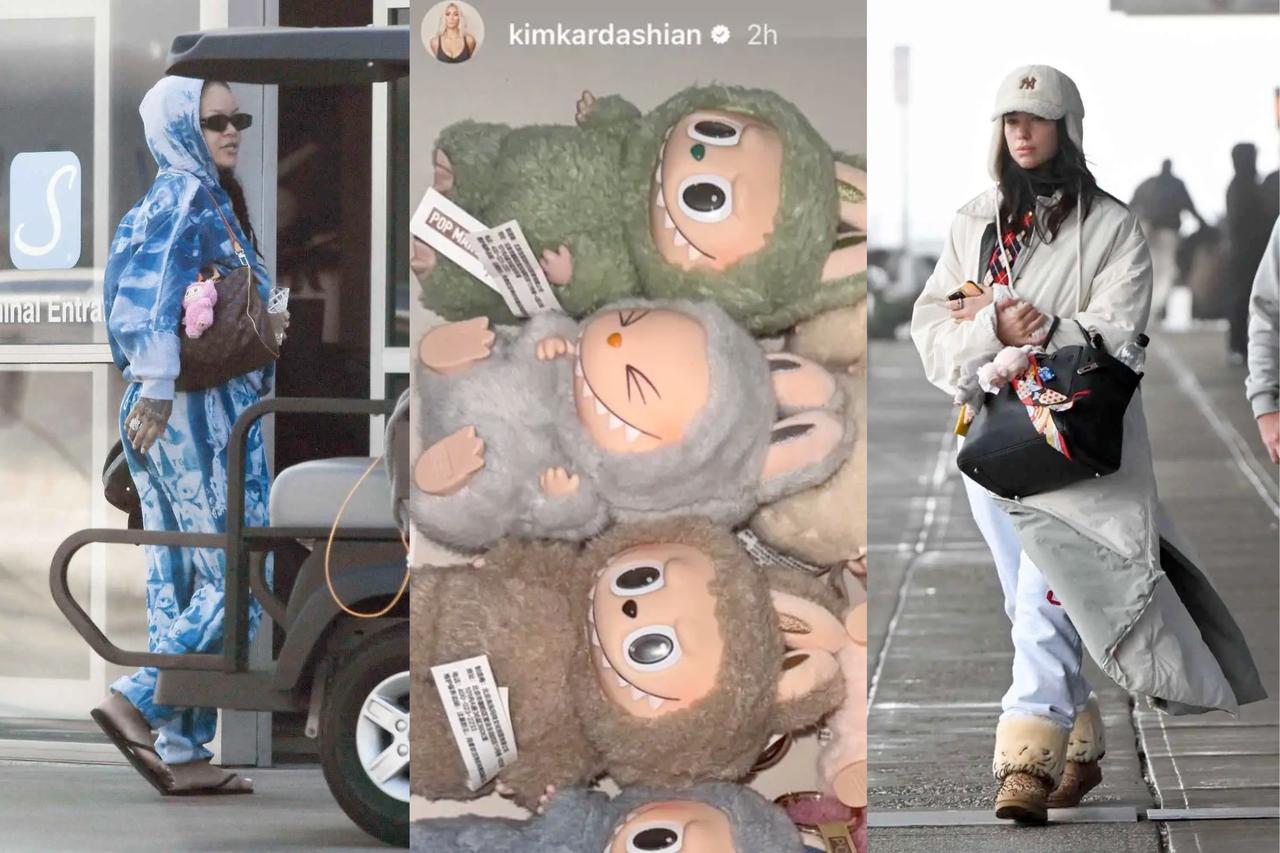
The success of Labubu lies not only in the product itself but in the emotional, psychological, and social mechanics that structure how people engage with it.
The blind box effect
Cognitive biases at work
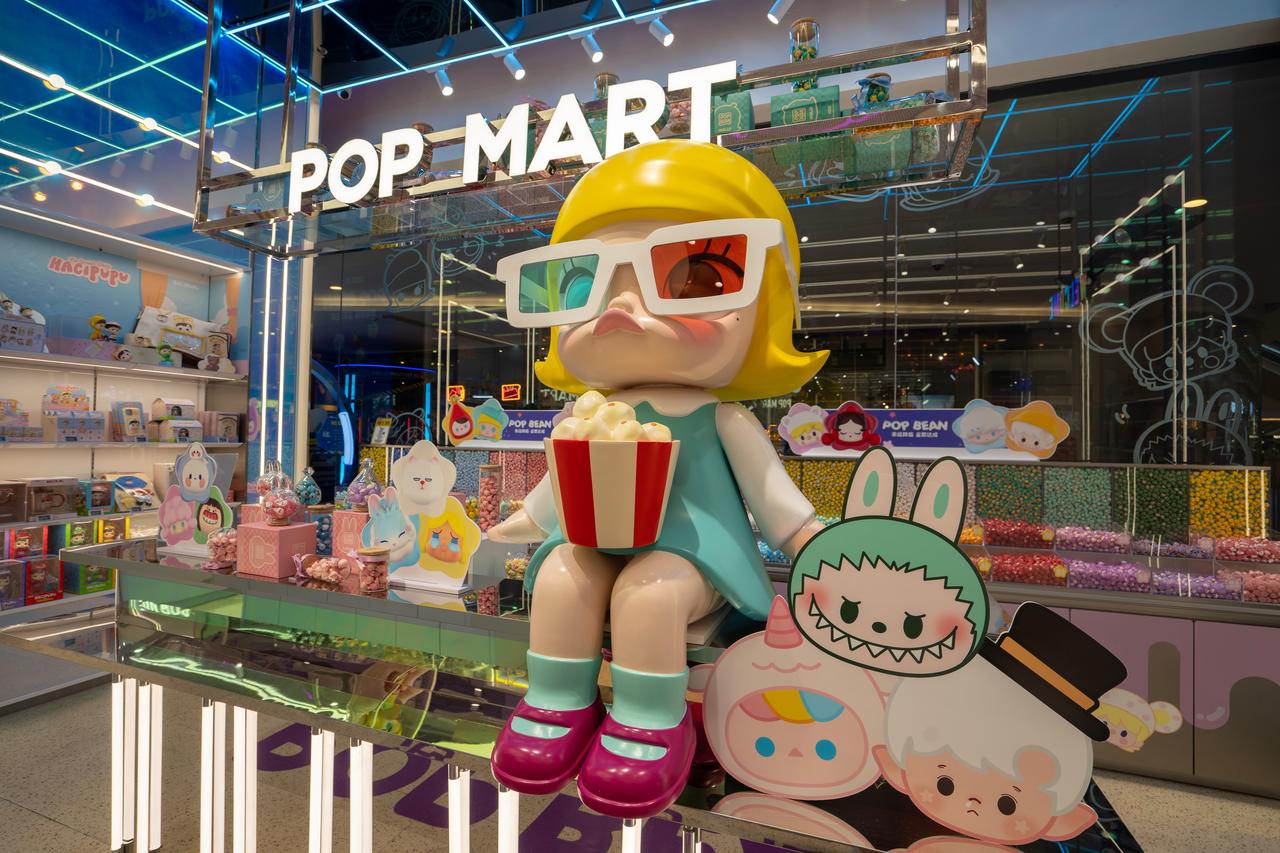
From toy to identity marker
Ritual of unboxing
Labubu’s appeal is built not only on its design but on a strategic mix of emotional reward, social reinforcement, and psychological bias. The result is a product that functions more like an identity system than a toy, embedding itself into daily routines, online culture, and the emotional economy of its buyers.

After sparking emotional attachment and aesthetic belonging, Labubu’s appeal quickly extended into the realm of speculation.
What began as a collectible has increasingly come to resemble an asset class. Through limited production runs, region-exclusive releases, and low odds of finding “secret” figures, Pop Mart has created an ecosystem of controlled scarcity.
Some rare Labubu figures now resell online for thousands of dollars, with listings as high as $7,000 on eBay and over $3,000 on StockX for collaboration editions like the Labubu x Vans toy, according to Forbes.
Pop Mart’s entire model is structured around this tension between accessibility and exclusivity. Most Labubu figures retail for under $14 in China and $20-$30 in the United States.
However, secret editions or limited-run collaborations can resell for hundreds, sometimes thousands of dollars, depending on rarity and design.

Buyers often enter not just for the character, but for the potential return. This transformation from toy to commodity is reflected in Pop Mart’s financial performance.
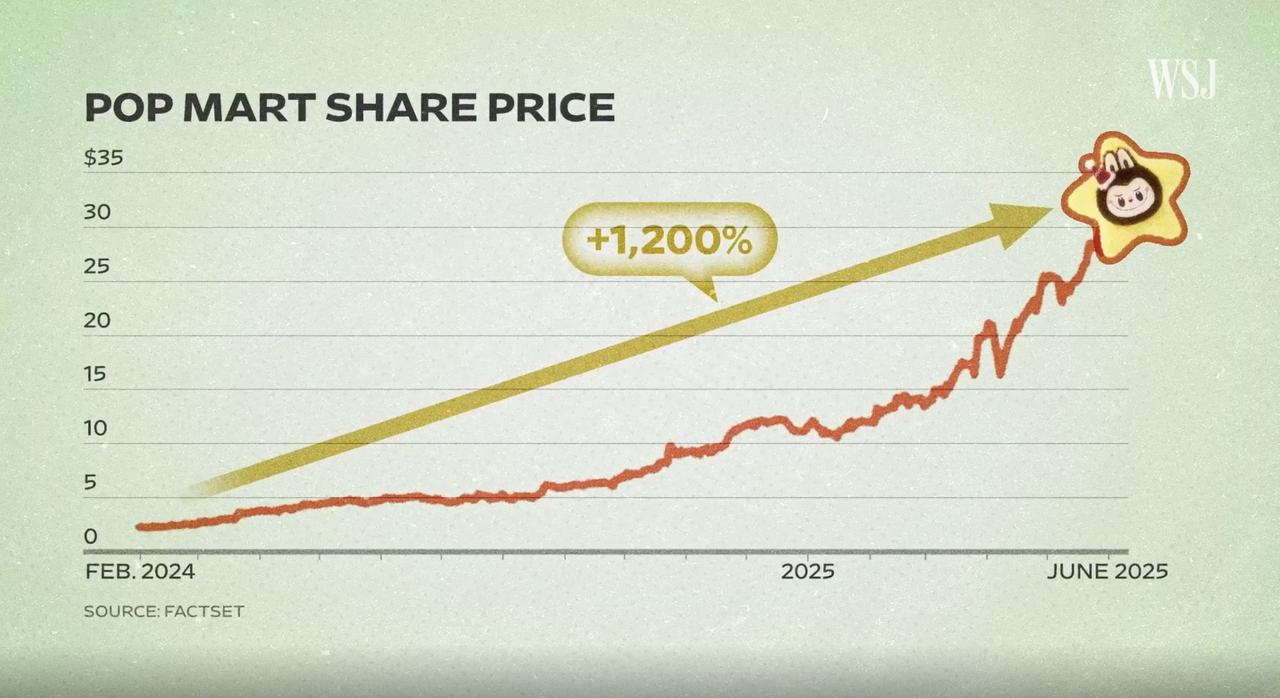
At the level of everyday consumers, this has produced an informal yet highly active resale economy.
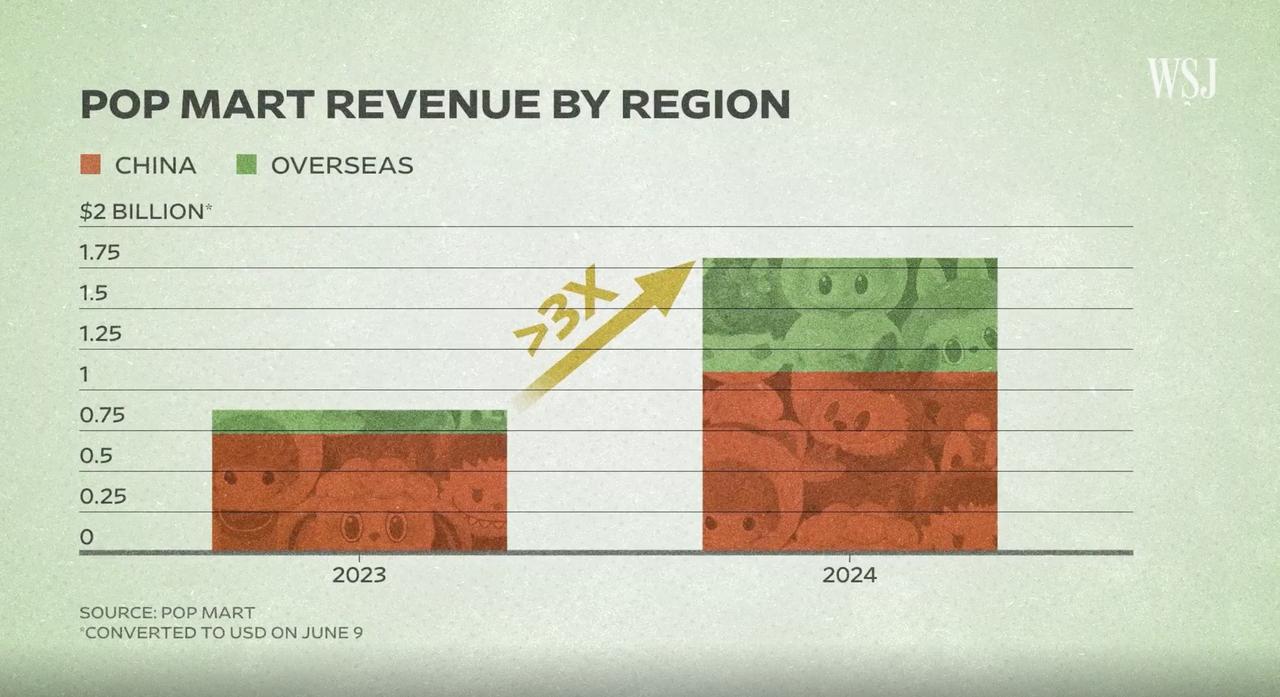
This shift has changed how people interact with the product. For some, Labubu functions as a soft investment, a lower-risk way to engage with hype cycles, similar to limited-edition sneakers or streetwear. For others, the rising cost of rare figures introduces frustration, as emotional connection becomes outpaced by market forces.
Pop Mart has not publicly commented on its distribution strategy, but the structure of recent releases suggests an increased emphasis on limited drops, location-specific editions, and surprise inserts. These tactics help maintain demand while avoiding oversaturation, though they also push casual buyers further to the margins of the market.
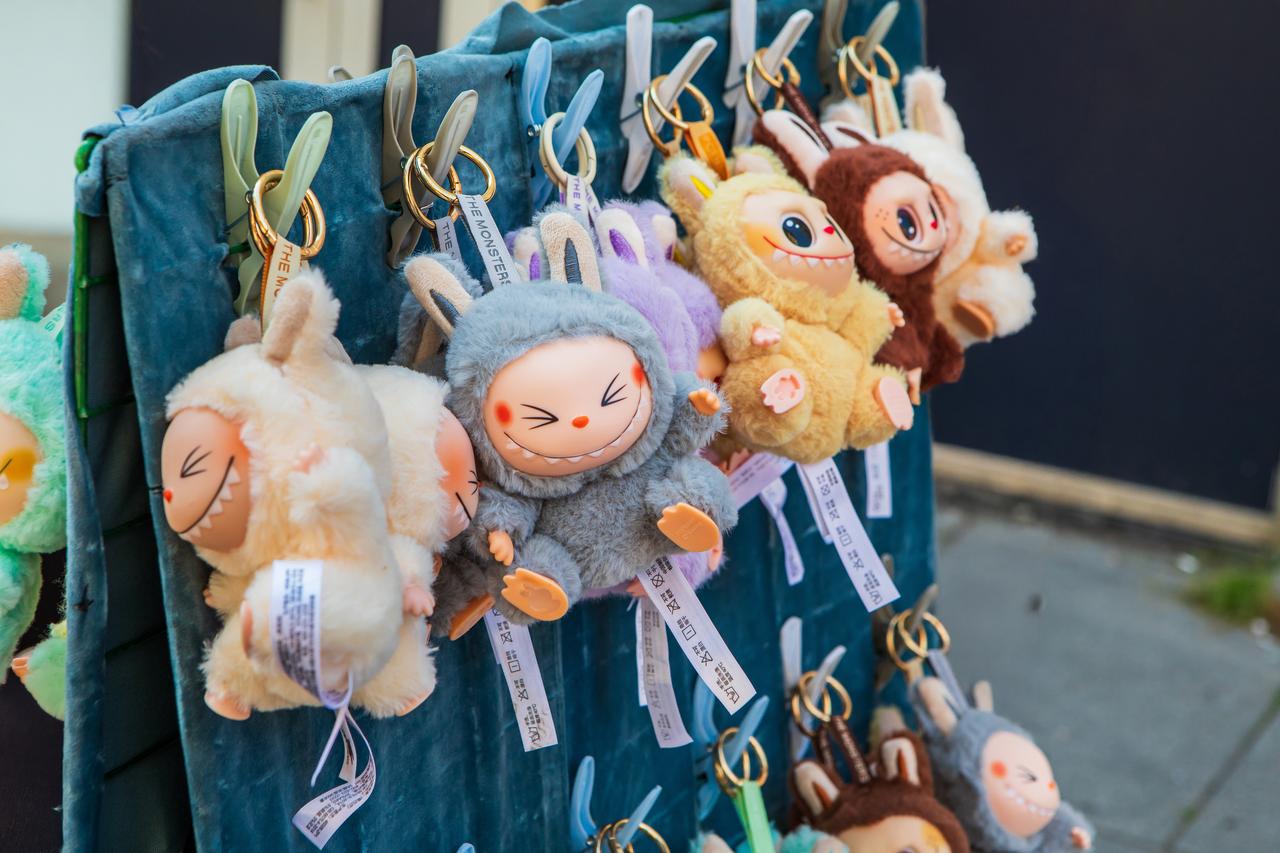
The rapid growth of Labubu’s popularity cannot be explained only through design, branding, or collectibility. It reflects how young consumers navigate a crisis.
Many members of Gen Z and late millennials face long-term economic instability, social precarity, and deep climate pessimism. In this context, Pop Mart’s small, limited-edition figures offer more than aesthetic joy. They function as emotional anchors, bringing comfort, structure, and perceived control during prolonged periods of uncertainty.
Economists refer to this phenomenon as the “lipstick effect,” where affordable luxuries experience a surge in demand during economic downturns. While people may cut back on large purchases, they continue to spend on small indulgences that offer temporary relief and symbolic self-care.
Labubu, with its “ugly-cute” appeal and ritualized purchasing experience, fits this demand precisely. A single blind box costs significantly less than designer goods or electronics but still delivers novelty, status, and a feeling of reward.
Shaun Rein, founder of China Market Research Group, explains this pattern as emotional coping. When people feel uncertain about their futures, they turn to things that make them feel emotionally better. Buying toys like Pop Mart’s is a way to create a sense of control, he told CNBC.
The emotional value of the toy is further amplified through social platforms. Millions of TikTok creators from all over the world post highly stylized videos of Labubu unboxings, shelf displays, and collection rankings.
These shared moments allow buyers to construct a personal narrative around each figure, transforming them into intimate objects rather than simple purchases. The connection feels private, but it is part of a mass ritual repeated thousands of times across regions and cultures.
As inflation rises and anxieties deepen, Labubu thrives by offering controlled delight. Buyers know the product is designed, boxed, and sold to maximize anticipation and repetition. Yet many still find comfort in the predictability of the cycle. The surprise feels safe, the aesthetic feels expressive, and the act of collecting feels meaningful in a time when few things do.
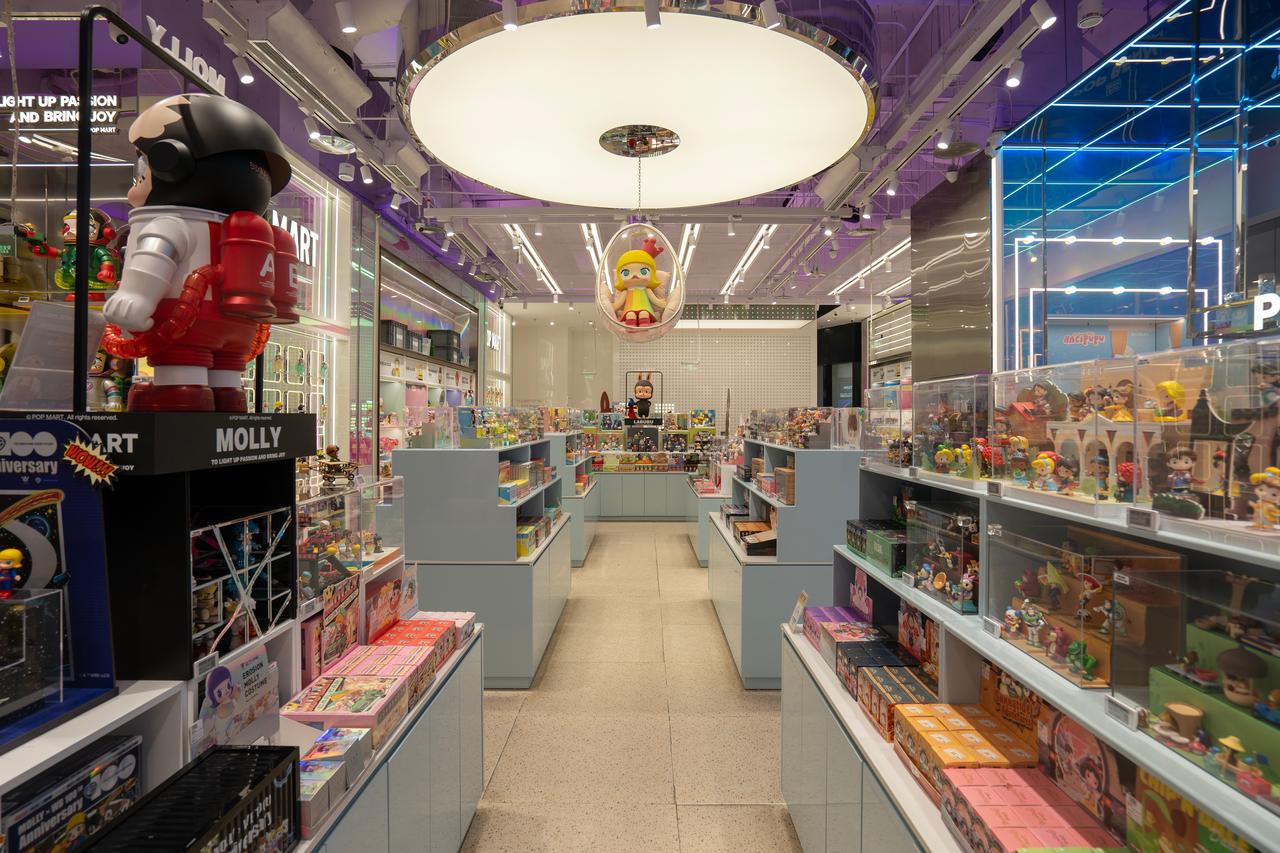
The Labubu craze may appear playful on the surface, but it has created a complex ecosystem where desire, scarcity, and profit collide.
As demand intensifies, so do efforts to exploit it, both by resellers flipping rare original figures and by illicit networks producing counterfeits at scale.
In Türkiye, this has taken a visible and material form. Turkish customs officials intercepted multiple illegal shipments of counterfeit Labubu dolls in July 2025.
In parallel, customs agents at the Habur Border Gate uncovered a separate smuggling operation involving misdeclared goods. While the operation mainly targeted illicit electronics, it was announced as part of a wider crackdown on counterfeit goods threatening families and children, a reference that indirectly includes toys like Labubu.
Meanwhile, Turkish fans face limited access to official Labubu releases. Unlike countries such as China, the U.S., or Singapore, Türkiye has no Pop Mart retail presence, no official online sales channel, and no roboshops.
Cansu Simsek, a Turkish journalist, explained to Nevsin Mengu that Pop Mart remains hesitant about entering the country.
As a result, scarcity drives fans toward secondhand and grey markets. Social media resale groups have emerged to meet demand, but often operate without pricing transparency or consumer protection.
The emergence of knockoff “Lafufu” toys (counterfeits that closely mimic Labubu’s design) has further blurred the line between authentic collecting and market exploitation.
Similar counterfeits have circulated globally under the Lafufu name, often targeting lower-income buyers unable to afford original Pop Mart releases, according to The Sun. Türkiye’s illicit toy trade now appears to be part of that larger pattern.
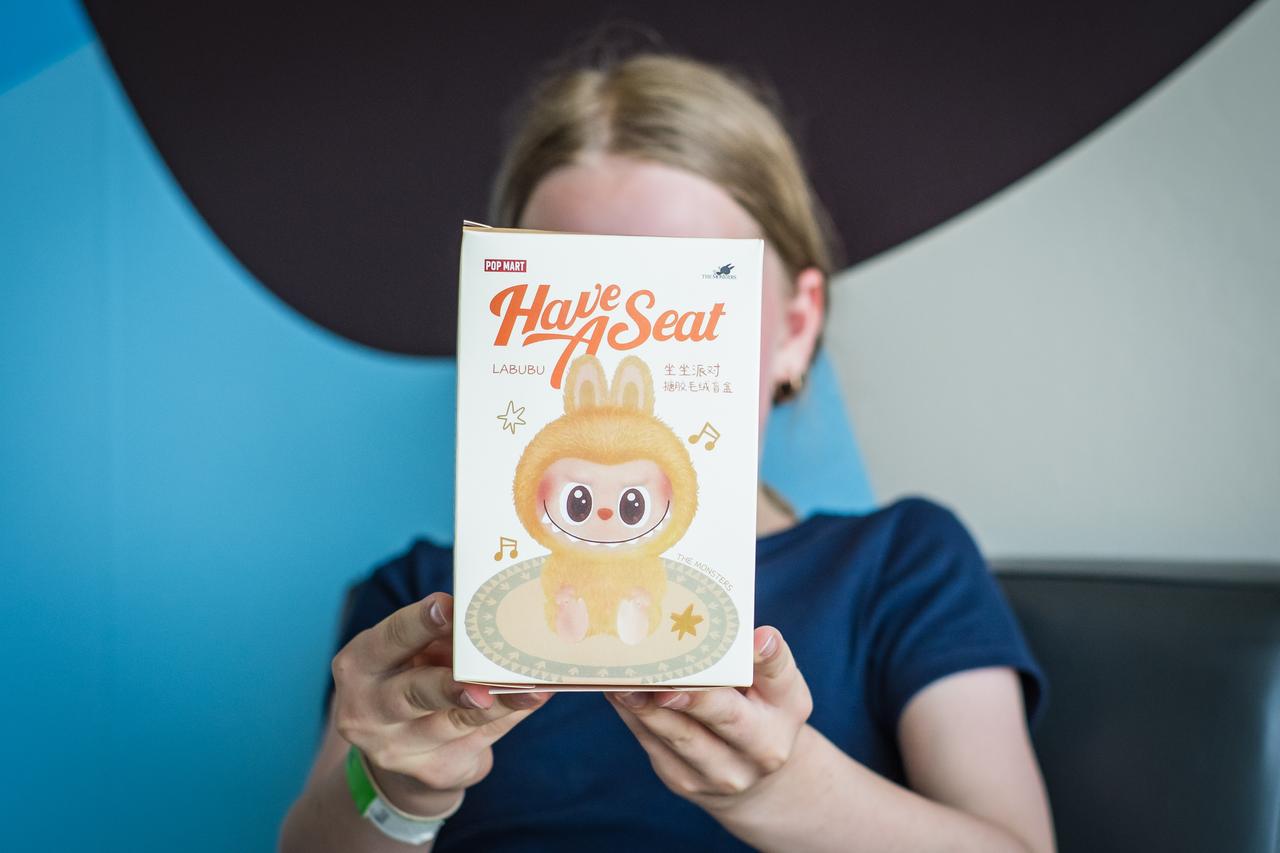
Originally designed for a niche collector base, Labubu stood out with its jagged smile, wide-set eyes, and folklore-inspired aesthetic.
Its strange appeal resonated most with fans of art toys and offbeat characters, particularly across East Asia. But in the past two years, the toy has crossed into the global mainstream.
The shift was accelerated by celebrity exposure. Lisa from Blackpink, Rihanna, Dua Lipa, Kim Kardashian, and David Beckham all appeared publicly with Labubu toys, sparking intense demand and viral visibility.
In one widely circulated image, Rihanna carries a Louis Vuitton bag with a Labubu clipped to the handle. One item costs thousands. The other, under thirty dollars. Most fans cannot buy what celebrities wear, but they can buy the keychain. Labubu becomes the affordable fragment of an otherwise unattainable image, a way to participate in fashion and visibility without the luxury price tag.
For many consumers, Labubu meets a deeper need. In a time marked by economic anxiety and social fragmentation, small luxuries like blind box toys offer a sense of structure and control.
That emotional appeal is now under pressure. Pop Mart releases frequently trigger queues, online sell-outs, and resale chaos. In some cities, fans have clashed over early access to secret figures. Videos from these scenes circulate widely. Product drops have become part of the spectacle.
What made Labubu feel personal is being eroded by repetition. Long-time collectors express frustration with frequent releases, falling resale values, and the growing presence of counterfeits. Online fan communities have responded by tightening norms around authenticity and resale ethics. But the shift toward oversaturation is hard to ignore.
Pop Mart’s expansion has only deepened this tension. Its rapid growth, while commercially impressive, risks flattening the character’s offbeat identity. What once felt like a quirky discovery now resembles a heavily marketed trend.
Toy crazes often follow this path. The same pattern that played out with Beanie Babies, Tamagotchis, and Furbies threatens to repeat itself here. Exclusivity creates meaning. Saturation strips it away.